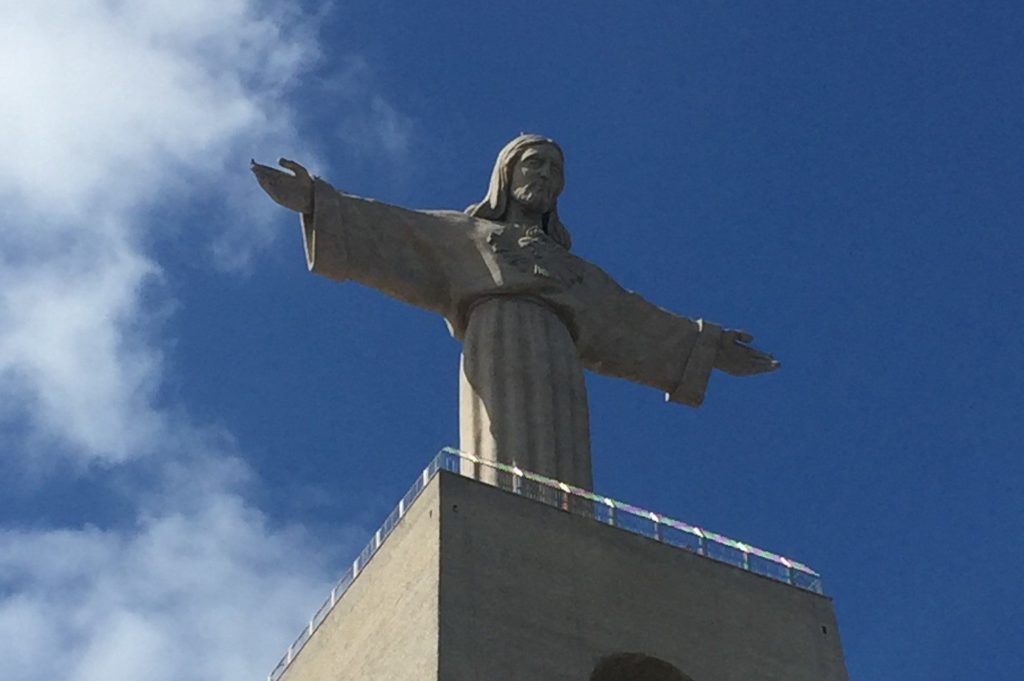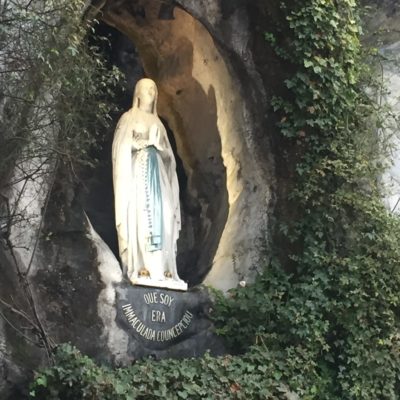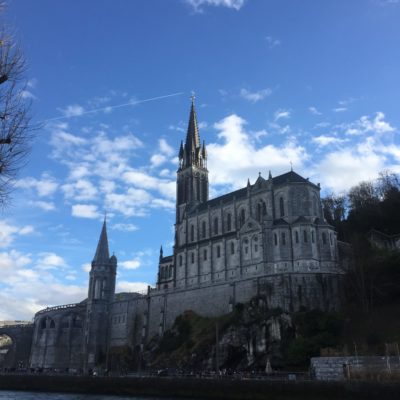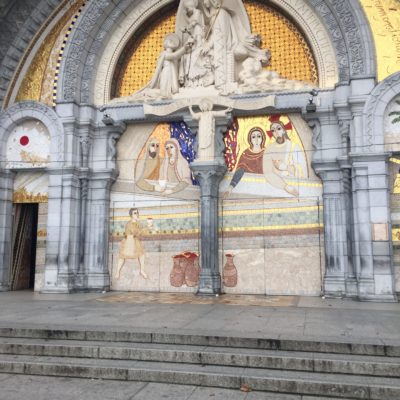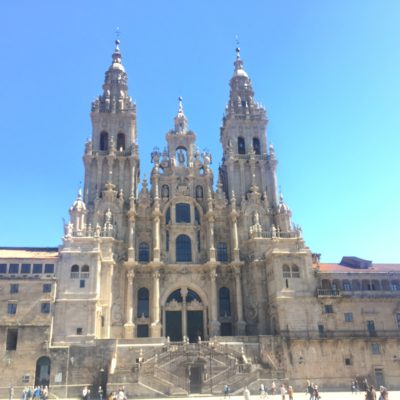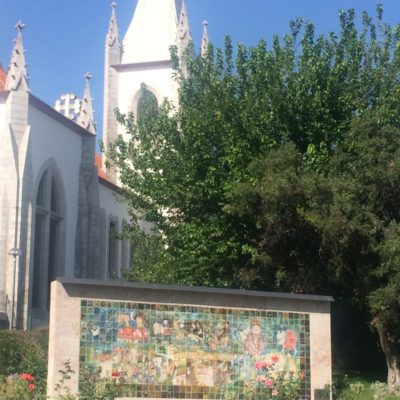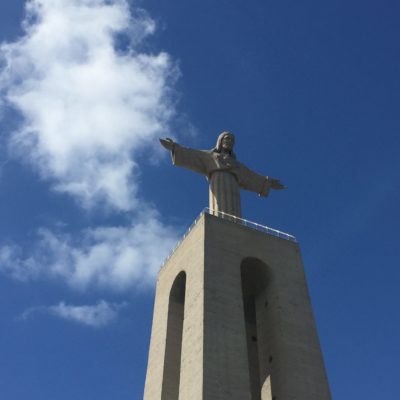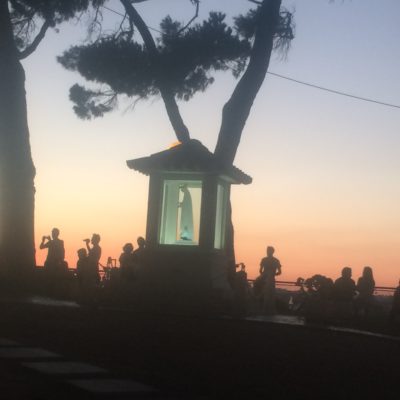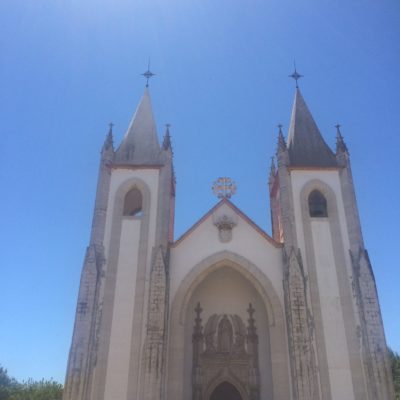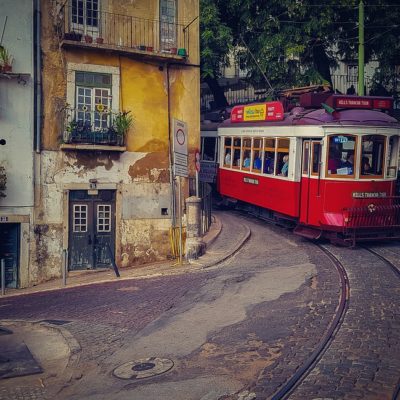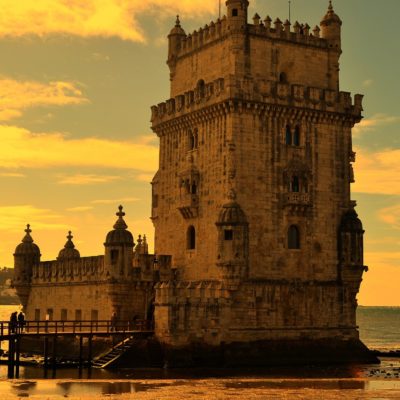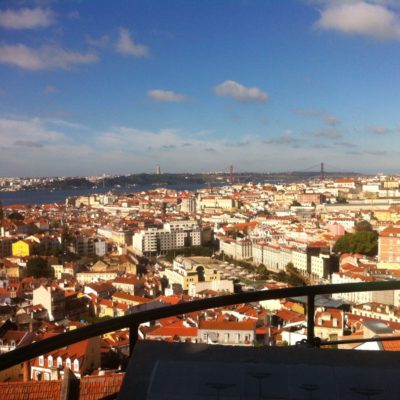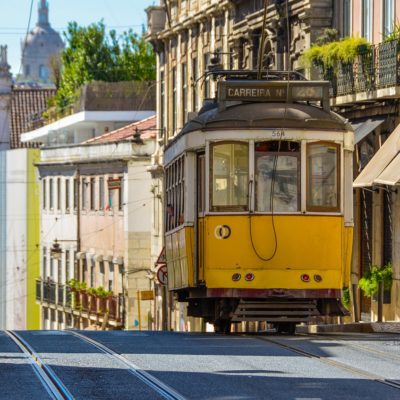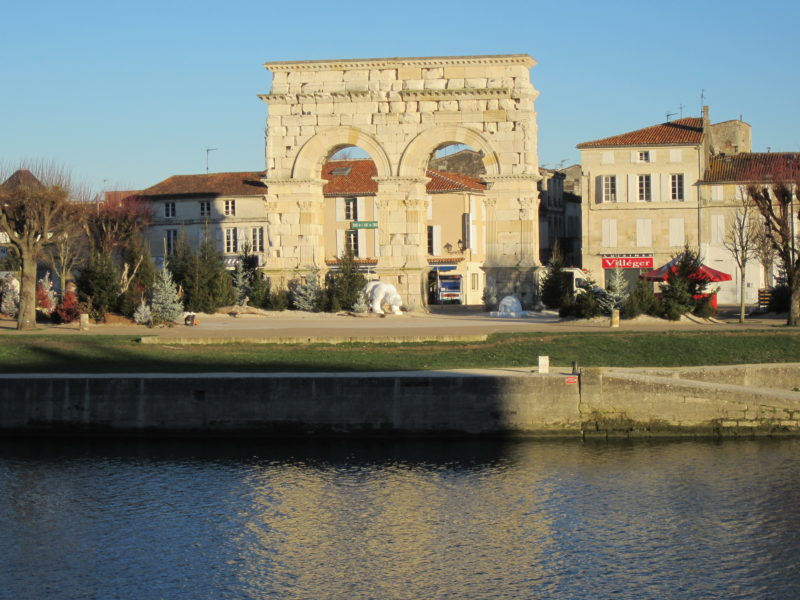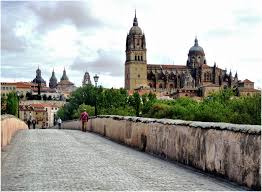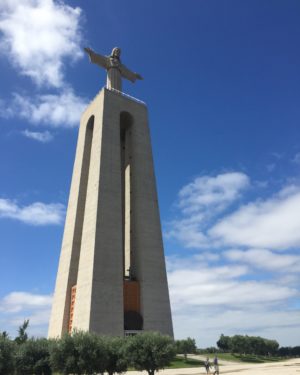“The seed that you plant with Love, you will receive it multiplied” (21:3-4)
Little Angel Tours offers you 10 days of religious travel on the theme of pilgrimage in the discovery of sacred places and paths in France, Spain and Portugal. This is a full board stay including most of the daily guided activities in the trip.
Pilgrimage Tour France, Spain & Portugal – 10 days
Flights / Full board / Transport / Guided tours
See our travel dates
Chose your travel dates
Itinerary of the Pilgrimage Tour
The circuit of your pilgrimage trip will be with the presence of your organiser, Valérie.
The itinerary will be by bus to go from a Paris region (or other French regions) and by plane for the return from Lisbon. We will stop every day or every two days in places full of history in France, Spain and Portugal.
We will visit the sacred places in the presence of local guides who will teach us the history and culture of these sacred places.
Guided tours will alternate with lunch breaks and tastings of local flavors from different regions of France, Spain and Portugal.
We will thus visit the cities of Saintes and Lourdes (France), Azpeitia (Spanish Basque Country), Santiago de Compostela (Galicia, Spain), Astorga (Castile and Leon, Spain), Fatima and Lisbon (Portugal).
At the end of pilgrimage, in Lisbon, a half-day of solidarity with local associations on the themes of child protection, animals or the environment will also be offered to you on a voluntary basis.
I – Day 1 : Paris – Saintes (France)
We will stop in the city of Saintes for half a day and one night. We will discover the city on foot and taste the good dishes of the region.
After lunch, we will take a digestive walk through, Saintes, a two thousand years old city, built around the Charente river; with its history and architecture, it will take us back in time, in particular through the Cathedral of Saint Peter, the Church of Saint Eutrope and the Abbey of the Ladies.
II – Day 2 : Lourdes (France)
We will arrive in Lourdes and have lunch at our Hotel where we will spend one night.
We will devote our afternoon, then our morning the next day to peacefully discover this divine place.
A pilgrimage centre since the apparitions of the Virgin Mary in 1858, the city of Lourdes is an essential place to discover and experience the strengh and the legacy of faith.
A guided tour will be provided through the sanctuary of our Lady of Lourdes, the Crypt, the Basilic of the Immaculate Conception, the Grotto and the house where Sister Bernadette was born.
We are going to light the candles during the walk of processions and partcipate in the messes.
III – Day 3 : Azpeitia / Azkoitia (Basque Country – Spain)
We will arrive in Azpeitia on the third day and spend an afternoon, evening and morning the next day in this lovely Spanish Basque town.
Azpeitia is a municipality in Guipuscoa in the autonomous community, famous for Saint Ignatius, Basque-Spanish priest and theologian.
At the exit of the city is the hamlet of Loyola from which Saint Ignatius originated. Born in 1491, the Saint was a founder and the first Superior General of the Society of Jesus, a Catholic congregation recognized by Pope Paul III in 1540.
Near the house where Saint Ignatius was born is a monumental and religious complex. A visit to these sites will take place, including the Church of St Ignatius of Loyola, the small town and his birthplace. We will then be able to visit the room where Saint Ignacius had the revelation and the divine faith.
After lunch with the flavors of the region, we will resume our journey to Saint-Jacques-de-Compostelle.
IV – Day 4 : Astorga (Leon Region / Spain)
Before Santiago de Compostela, we will stop in the town of Astorga to spend a restful night and taste the culinary flavors of the Spanish province of Leon.
Astorga is a city located in the autonomous community of Castilla y León, in northwestern Spain.
The city was taken by the French in 1810 and again in 1812.
Astorga is a stopover on the “Camino francés” of the pilgrimage of Santiago de Compostela.
After a night spent in the city, breakfast the next morning and a quick digestive walk, we will continue our journey towards Santiago de Compostela.
V – Day 5 and 6 : Saint James of Compostella (Galicia / Spain)
We will arrive in Santiago de Compostela for lunch, and we will spend two days there.
Santiago de Compostela is a city in the province of A Coruña and the capital of Galicia (Spain).
Considered one of Jesus Christ’s favourite disciples, the Apostle Santiago was executed in Jerusalem for defending Christianity and, according to tradition, received the burial on Galician soil, where centuries later the cathedral dedicated to him was built.
The pilgrimage to the tomb of Santiago was one of the most important in medieval Christianity. Practically disappeared in the nineteenth century, it has experienced a resurgence of fervour since the end of the twentieth century.
According to numerous testimonies, the pilgrimage to Santiago de Compostela leads to good physical and psychological conditions.
Thus, the Way of Compostela could have the same purpose as psychotherapy, a kind of “caminotherapy”.
A guided tour of the Cathedral of Santiago de Compostela will also take place . We are going to visit the Crypt, the tomb of the Saint, and pray. Also, we will take a walk through the historic centre of the city.
VI – Day 7 : Fatima / Aljustrel (Portugal)
After Galicia, we will arrive in the city of Fátima located in the district of Santarém in central Portugal. The city houses the sanctuary of Fátima, a place of pilgrimage.
We will spend a whole afternoon there and the next morning.
The Chapel of Apparitions is located in the very place where the Virgin Mary appeared in 1917 to three little sheppard children, one of them was Saint Lucia.
Other sacred places include the Basilica of Our Lady of the Rosary, with its golden angels and the modern basilica of the Holy Trinity. The Museum of Sacred Art and Ethnology exhibits religious objects.
The Sanctuary of Fatima contains an atmosphere of serenity and light, inviting to prayer, reflection and harmony of the spirit. Regardless of religious belief, no one is indifferent to the universe of tranquility and faith that is found there. Fatima is the hope, the light and the city of peace.
Pilgrims come to Fátima to make prayers and promises. We will have the chance to do the same.
Also on the program: guided tour of the Sanctuary of Our Lady of Fatima, the city of Saint Lucia: Aljustrel, the house of Saint Lucia and the first apparitions.
After these discoveries, off to Lisbon!
VII – Day 8, 9 and 10: Lisbon, free day and / or solidarity day and return to France by plane
We will spend two nights and three days in Lisbon, the city of seven hills.
It is a city of all splendour that perfectly manages to mix traditions, religion and progressive mentality.
The architectural richness of the cathedrals and churches decorates the city with a deep soul.
Finally, a dinner, to the sound of traditional fado songs, will be offered to you in the heart of the picturesque historic district, Alfama.
During the three days spent in Lisbon, people will be able to take a freely organized day, including, if they wish, a half-day of volunteering with a local Portuguese association on the themes of child protection, animals or the environment.
After these unforgettable experiences we will fly to France from Lisbon airport.
Visiting Lisbon :
Apart from the watchtowers and the hills which offer magnificent views of Lisbon, we will visit in particular :
 Saint Mary’s Cathedral, the oldest cathedral in the city and the seat of the Patriarchate of Lisbon (also known as Sé Cathedral). It was built by order of King Alfonso I of Portugal, some time after taking Lisbon from the Moors. Among the most precious objects, we will be able to discover the reliquary which contains the mortal remains of Saint Vincent of Zaragoza, the patron saint of the city.
Saint Mary’s Cathedral, the oldest cathedral in the city and the seat of the Patriarchate of Lisbon (also known as Sé Cathedral). It was built by order of King Alfonso I of Portugal, some time after taking Lisbon from the Moors. Among the most precious objects, we will be able to discover the reliquary which contains the mortal remains of Saint Vincent of Zaragoza, the patron saint of the city.
The Church of Saint Antoine, the Saint who united hearts, protector of marriages and fertility. Fernando Martins de Bulhões, “Brother Antoine”, born in 1195 in Lisbon and died on June 13, 1231 near Padua, is a Franciscan priest, master of spiritual doctrine, renowned preacher and miracle worker, who was canonized in 1232, less than one year after his death, and declared doctor of the Church in 1946 … The church preserves the crypt built on the place where the Saint was born. Every year, on June 13, Saint Anthony’s Day, the Cardinal Patriarch of Lisbon celebrates the marriage of couples blessed by the saint.
The Church of Saint Vincent, which stands in place of the old Church of Saint Vincent de Fora (which was outside the city walls when Alfonso Henrique conquered it in 1147), was built in the 16th century to fulfill the king’s promise to have a temple in honor of the victory over the Moors. The church has the largest organ in Lisbon dating from 1765 and azulejos panels (set of earthenware tiles) retracing the Fables of the Fountain.
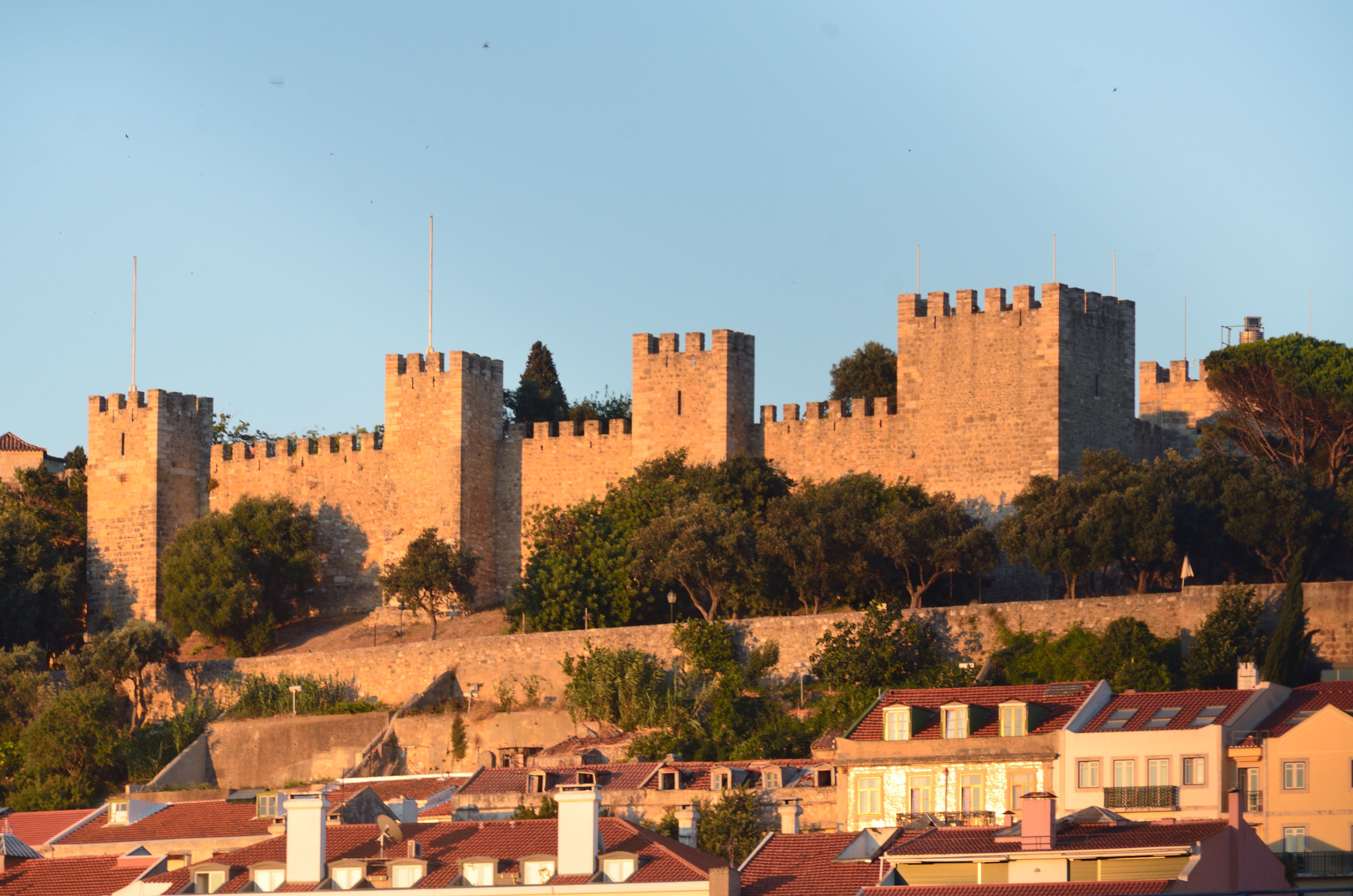 The Castle of Saint George (Castelo São Jorge), placed National Heritage since 1910, is located on one of the highest hills of Lisbon, a strategic place chosen for its natural conditions of defense and surveillance. Written traces of the occupation of this area date back to the 7th century BC. Phoenicians, Greeks, Romans passed through this fortress. The Castle was finally conquered from the Moors by King Alphonso Henriques in 1147, and was modified over time.
The Castle of Saint George (Castelo São Jorge), placed National Heritage since 1910, is located on one of the highest hills of Lisbon, a strategic place chosen for its natural conditions of defense and surveillance. Written traces of the occupation of this area date back to the 7th century BC. Phoenicians, Greeks, Romans passed through this fortress. The Castle was finally conquered from the Moors by King Alphonso Henriques in 1147, and was modified over time.
 The Statue of Christ the King is a Sanctuary and religious monument representing the Sacred Heart of Jesus. In 1936, the Patriarch of Lisbon, returning from a trip to Brazil, wanted to erect this statue after the model of Christ the Redeemer of Rio de Janeiro. The monument will eventually be built after World War II to thank God for sparing the country. Located on a cliff in the municipality of Almada, Christ the King overlooks Lisbon and the April 25 Bridge. With its 110m high and visible from Lisbon on the banks of the Tagus, this monument is one of the tallest and most impressive buildings in the country.
The Statue of Christ the King is a Sanctuary and religious monument representing the Sacred Heart of Jesus. In 1936, the Patriarch of Lisbon, returning from a trip to Brazil, wanted to erect this statue after the model of Christ the Redeemer of Rio de Janeiro. The monument will eventually be built after World War II to thank God for sparing the country. Located on a cliff in the municipality of Almada, Christ the King overlooks Lisbon and the April 25 Bridge. With its 110m high and visible from Lisbon on the banks of the Tagus, this monument is one of the tallest and most impressive buildings in the country.
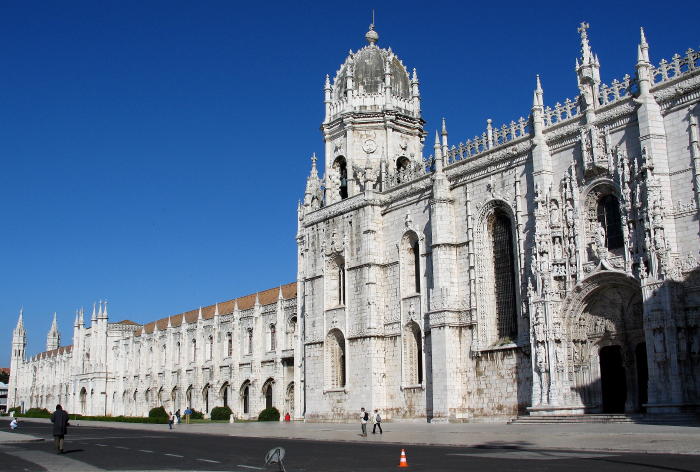 The Monastery of the Jerónimos in the Bélem district, declared a World Heritage Site in 1983, built in the 16th century, is an impressive example of Manueline style.
The Monastery of the Jerónimos in the Bélem district, declared a World Heritage Site in 1983, built in the 16th century, is an impressive example of Manueline style.
King Dom Manuel 1 decided to build the monastery there and donate it to the order of the Hyeronymite Monks (Jerónimos, in Portuguese), who were required to pray and provide assistance to navigators setting out for new discoveries.
The monastery was able to benefit from the return from the Indies of the navigator Vasco de Gama, and the prodigious wealth that he brought back. There is his tomb as well as the tombs of various personalities who have marked the history of Portugal and in particular: the tombs of the poet Luís de Camões, the Portuguese kings, queens and princes …
 Located on the right bank of the Tagus, the Tower of Bélem, was built from 1514 to 1520 in order to prevent hostile ships from entering the city. Dedicated to Saint Vincent, the patron saint of the city, the tower was classified as a national monument in 1907 and a UNESCO world heritage site in 1983. With Manueline decoration enriched with Islamic and oriental motifs, the Tower displays characteristic elements of the Discoveries such as the ropes with sculpted knots, the armillary sphere and the cross of the Order of Christ, as well as some naturalistic elements, among which the representation of the rhinoceros which illustrates the present made to the Pope by Manuel I in 1513.
Located on the right bank of the Tagus, the Tower of Bélem, was built from 1514 to 1520 in order to prevent hostile ships from entering the city. Dedicated to Saint Vincent, the patron saint of the city, the tower was classified as a national monument in 1907 and a UNESCO world heritage site in 1983. With Manueline decoration enriched with Islamic and oriental motifs, the Tower displays characteristic elements of the Discoveries such as the ropes with sculpted knots, the armillary sphere and the cross of the Order of Christ, as well as some naturalistic elements, among which the representation of the rhinoceros which illustrates the present made to the Pope by Manuel I in 1513.
Depending on place availability and local conditions, the itinerary may be adapted. These changes would always be made with the same concern for quality of service and in the spirit of the original programme.
Included in the travel price :
Full board including accommodation, mostly in a 4-star hotel, breakfast, lunch and dinner,
Transport related to trips and visits, guided tours of towns and shrines to holy places,
Dinner in a fado house with its singers and musicians,
The guided tour of the historic city of Lisbon by tuktuk.
Not included in the travel price:
Entrances to museums and holy places (some are paying),
Extra alcoholic drinks.
See also :

